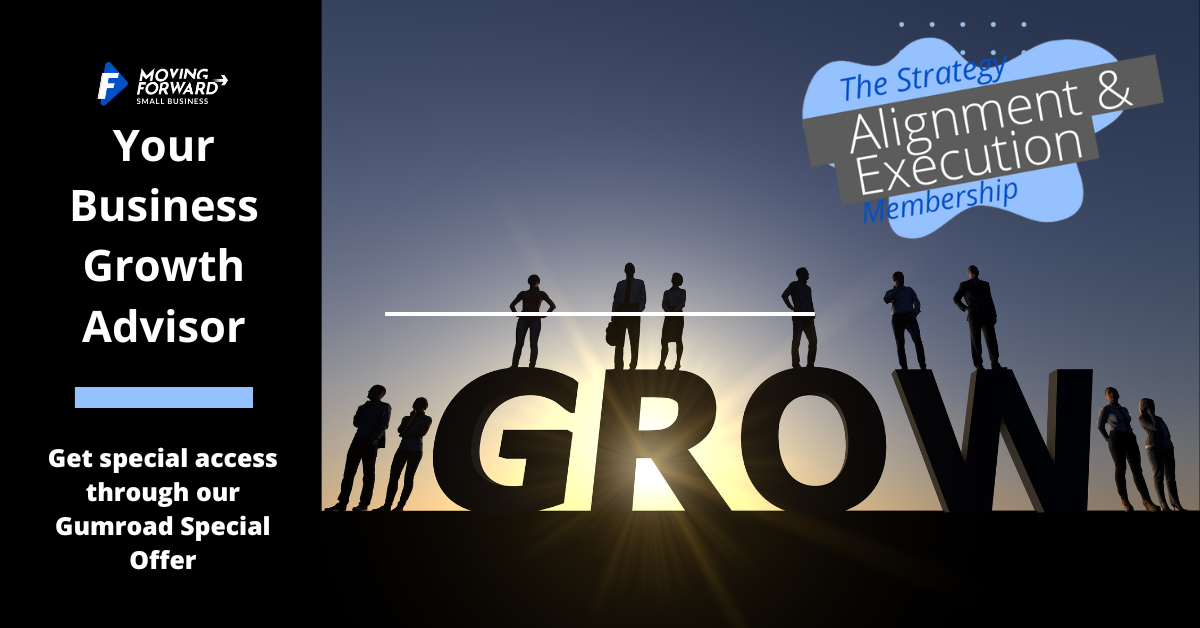Content Marketing
Content marketing aims to engage and maintain an audience with meaningful content. In this way, your company is kept at the top of the reader’s mind when it comes time to buy what you sell.
Explaining Content Marketing
Content marketing includes articles, mailings, white papers, posts on Facebook and other social media platforms, emails, short videos, etc. They convey expertise while also demonstrating a company’s respect for the people it sells to.
Consistent content marketing creates relationships with both new and current customers. When your target audience sees you as a collaborator involved in their prosperity, they are more inclined to purchase from you.
Why is it Something You Need to Consider?
Content marketing works. It also provides you with an advantage. Consider these content marketing facts:
- Blogs create 67% more leads compared to non-bloggers.
- Before speaking with a salesperson, 47% of purchasers research 3-5 online sources.
- Content marketing users grow at a 30% faster rate than those that do not.
- According to 72% of B2B marketers, content marketing generates more engagement and leads.
Methodology
Content marketing may help your firm generate leads, sell products or services, and close transactions.
The appropriate content must be provided at every step of the customer buyers’ journey (as listed below), from steps one to three. Don’t worry if this appears complicated: this method streamlines the procedure.
Use content marketing to engage and make sales at every stage of the buyers’ journey.
Step 1 – Awareness
Your content should address your audience’s concerns early in the sales process. Writing about their issues and worries allows you to engage with them the most. This information should educate and guide at this first level. Expect selling to take place in the next two steps.
Examples:
- A blog post by a baker on how to make brioche bread.
- A video on the three best diving locations.
- A guide to choosing a lawyer, published by an attorney
Step 2 – Consideration
Content should give both practical guidance and marketing during the consideration stage. It should tell the reader what to look out for and why certain characteristics meet their requirements. Your content can now promote your company’s services.
Examples:
- A web design company creates a guide called “Effective Website Usability.”
- An E-Book “Most Common Home Improvement
- Case Studies of “Successful Wedding Planning” by an event planner company
Step 3: Decision
Content marketing is critical when a potential customer is nearing a potential purchase. You may now concentrate on selling if you keep stressing why you’re the best choice instead of how amazing your services or items are.
Your core message must be your expertise and the advantages and uniqueness of what you provide. There are several solid possibilities at this point, such as case studies and user-generated material.
Examples:
- An SEO consultant conducts research showing that companies that use SEO are more successful than those that do not.
- An article expounding the benefits of automation by a robotics company.
How to Start Content Marketing
Content marketing may be overpowering, but it can be easier to handle. The campaign must be something you can manage and is a long-term play. Begin with these steps:
Choosing your target market
To write for a specific audience, you must first understand their concerns and preferences. With detailed descriptions, choose a couple to write about. Alternatively, develop audience and prospect profiles before you start.
Picking the optimum formats
The format you choose depends on the step of the cycle you are working on. Consider also what medium will best assist in demonstrating value. This will be a video for some and a checklist for others as an example.
Selecting a writer, editor, and proofreader
The readership will assess the content’s quality, as it should. Establish procedures for this task. Hire a skilled proofreader to examine everything before it is published or distributed.
Decide on distribution methods.
You may post information online, email it, or make a hard copy. Create options that make sense based on “where” your target audience is most probably going to be. An article can be sent via electronic mail, and data or worksheets can be shared on company social media. A buyer’s guide can be sent after a pitch.
Make a plan that will last.
It’s easy to over-plan your content marketing. After identifying your target readership and formats, develop a short-run (quarterly or biannual) strategy for a manageable quantity of content items you are able to generate. Monitor your content development time so you can plan ahead.
Follow Established, Effective Methods.
Compelling content must be written clearly, without jargon that only specialists will understand. It must also provide instructions. Sometimes, the best content is short, relevant, and actionable.
Social Media Guidelines
After creating content, it’s time to promote it. The use of social media sites has proven effective for distribution. Your material is linked in a post, and voila! People care.
Emphasize high-value channels. Your target demographic’s may prefer social media channels. Consider both the well-known and niche channels that are more likely to link you with potential customers. Ask your readership which channels they like and compile a credible list.
Create channel-appropriate copy. Each social media medium has its own personality, voice, and professionalism. To learn about these aspects, read articles before writing posts for a particular channel. Then incorporate individuality into your posts.
Awareness of AB Testing
A/B test your approach. A social media marketing approach requires testing. Keep track of responses from various sources. More high-potential interactions show a channel’s suitability than a torrent of views that never yield an audience.
Competitors’ Content Marketing Strategies
To create captivating content, you must first answer these questions.
- What material currently exists?
- Does it meet your audience’s needs?
- Can it be enhanced?
- Are there untapped subject opportunities?
Answering questions like these can save you time and money while giving your content marketing plan a competitive edge.
How to audit your rivals’ content
Depending on their size, it might take hours to audit their content. But you may not have that time. Fortunately, content analysis tools help make the process easy and efficient. Here are two primary questions you can start with when evaluating your competitors.
- What does the competitor post?
- How does their content perform?
These variables might help you understand the material that dominates your industry.
How to assess your competitors’ content
Make a list of your content marketing competitors and follow these three steps:
- Examine your competitors’ content.
- Analyze content volume and quality.
- Topic tagging and analysis
How to locate untapped writing topics
We all run out of content ideas at times.
Here are six approaches to finding the material your audience wants.
1. Analyze
Using analytics is one of the best ways to learn about your audience (or what works for you).
Your social media analytics can show you what’s working.
2. Inquire about your target
Second, ask your audience. Simply ask a question or conduct a poll on social media or email. “What material do you want us to share?”
3. Study Your Industry’s Peers.
Third, learn from your industry counterparts. Search for ideas from your industry’s top sites. What worked for them may work for you if your target demographic is similar.
4 Conduct Research.
Fourth, employ a content research tool like Buzzsumo or Ahrefs.
Buzzsumo is a social media search engine. To find the most shared material on a topic, just type it into Buzzsumo’s search bar (e.g., “social media marketing”).
Ahrefs analyzes your website and finds out why you’re not getting more leads. It gives detailed reports on all your SEO issues so you can start fixing them right away. It also allows you to analyze the digital strategy of your competitors.
5: Create Marketing Personas
Fifth, build marketing personas. Your marketing personas will help you generate and promote content on social media.
What is a persona, and why is it important?
A buyer persona is a composite depiction of your target market. Personas help you produce information that is relevant and beneficial to your audience.
6. Observe Trends
Finally, keep an eye out for broad industry trends and follow them. This will give you a rough idea of what to publish. Although it is not specific to your audience, I believe it can be helpful.
Digital Strategies
A digital strategy uses technology to enhance business performance to create new products or reimagine existing processes. It defines an organization’s strategy and tactics for leveraging technology to create unique competitive advantages. See this Harvard Business Review article.
A digital marketing strategy evaluates particular online objectives. A successful digital marketing strategy is critical as more consumers conduct business on mobile devices.
A digital marketing strategy is vital for your company. Focusing on a target audience and recognizing their requirements, interests, and pain points can help you achieve your marketing goals.
Create content to attract, engage, and sell. With some strategy and content marketing, you can reach the appropriate individuals and build brand loyalty.
Need More Help on the Topic?
Register for the forthcoming “Analyze Your Competitors’ Content Marketing Strategy.”The mini-series concludes with a special panel event on Feb 23, 2022, only available if you register for any prior sessions. If the date has passed, you can also watch the replay.


